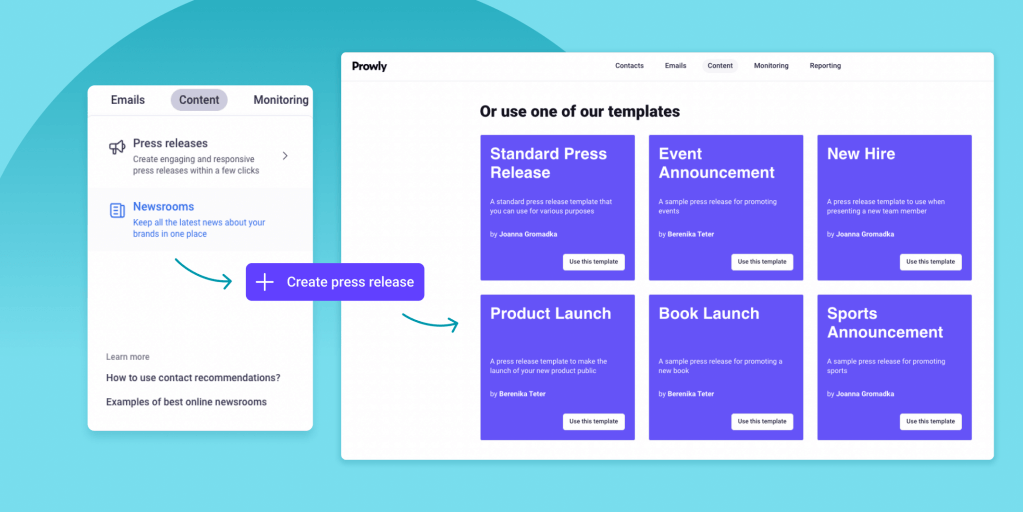Crisis Communication Tools Every PR Pro Should Know
In today’s fast-paced digital world, managing a crisis effectively is crucial for maintaining a positive brand image. With the rise of social media and instant news updates, the need for PR professionals to be equipped with the right tools to handle crises has never been more important.
Monitoring and Listening Tools
One of the first steps in crisis communication is to monitor and listen to what is being said about your brand online. Tools like Google Alerts, Mention, and Brandwatch allow PR pros to track mentions of their brand in real-time across various platforms. By staying on top of conversations, PR professionals can quickly identify and respond to potential issues before they escalate.
Social Media Management Tools
Social media is often where crises erupt and spread rapidly. PR professionals need to have the right tools to manage their brand’s social media presence during a crisis. Platforms like Hootsuite, Buffer, and Sprout Social help PR pros schedule posts, monitor engagement, and respond to comments in a timely manner. These tools also provide analytics to track the impact of crisis communications on social media.
Crisis Communication Platforms
During a crisis, having a central platform to coordinate and manage communications is essential. Tools like CrisisGo, Everbridge, and OnSolve provide PR professionals with the ability to send mass notifications, update stakeholders, and track responses in real-time. These platforms also enable PR teams to create and distribute crisis response plans to ensure a cohesive and coordinated approach to crisis communication.
Monitoring and Analysis Tools
After a crisis has been resolved, it’s important for PR professionals to analyze the effectiveness of their communication strategies. Tools like Meltwater, Talkwalker, and Sysomos help PR teams track the reach and impact of their crisis communications. By analyzing data and feedback, PR professionals can identify areas for improvement and make informed decisions for future crisis management.
Collaboration and Communication Tools
During a crisis, effective communication and collaboration between team members is key. Tools like Slack, Microsoft Teams, and Trello provide PR teams with a centralized platform for sharing updates, assigning tasks, and coordinating responses. These tools streamline communication and ensure that everyone is on the same page during a crisis.
Training and Simulation Tools
To prepare for a crisis, PR professionals can benefit from training and simulation tools that simulate real-life crisis scenarios. Platforms like the Crisis Communication Simulation Tool and the Crisis Response Training Simulator allow PR teams to practice their crisis communication skills in a safe and controlled environment. By running simulations and receiving feedback, PR professionals can improve their crisis management abilities and be better prepared for when a real crisis occurs.
Conclusion
In the fast-paced world of PR and crisis communications, having the right tools at your disposal can make all the difference in effectively managing and resolving crises. By using monitoring and listening tools, social media management platforms, crisis communication platforms, monitoring and analysis tools, collaboration and communication tools, and training and simulation tools, PR professionals can approach crises with confidence and agility. Investing in these tools can help PR teams stay ahead of the curve and maintain a positive brand image during times of crisis.


